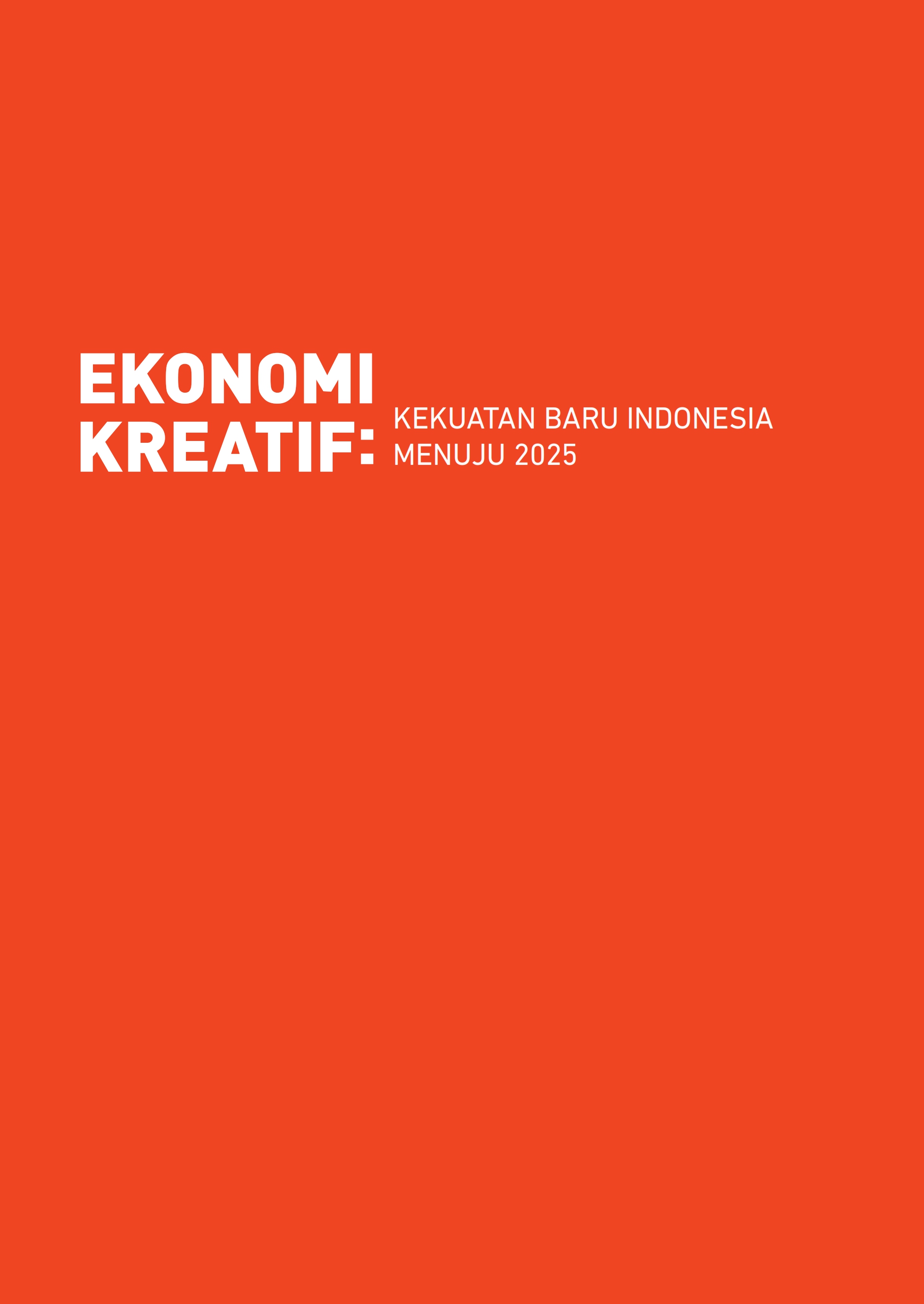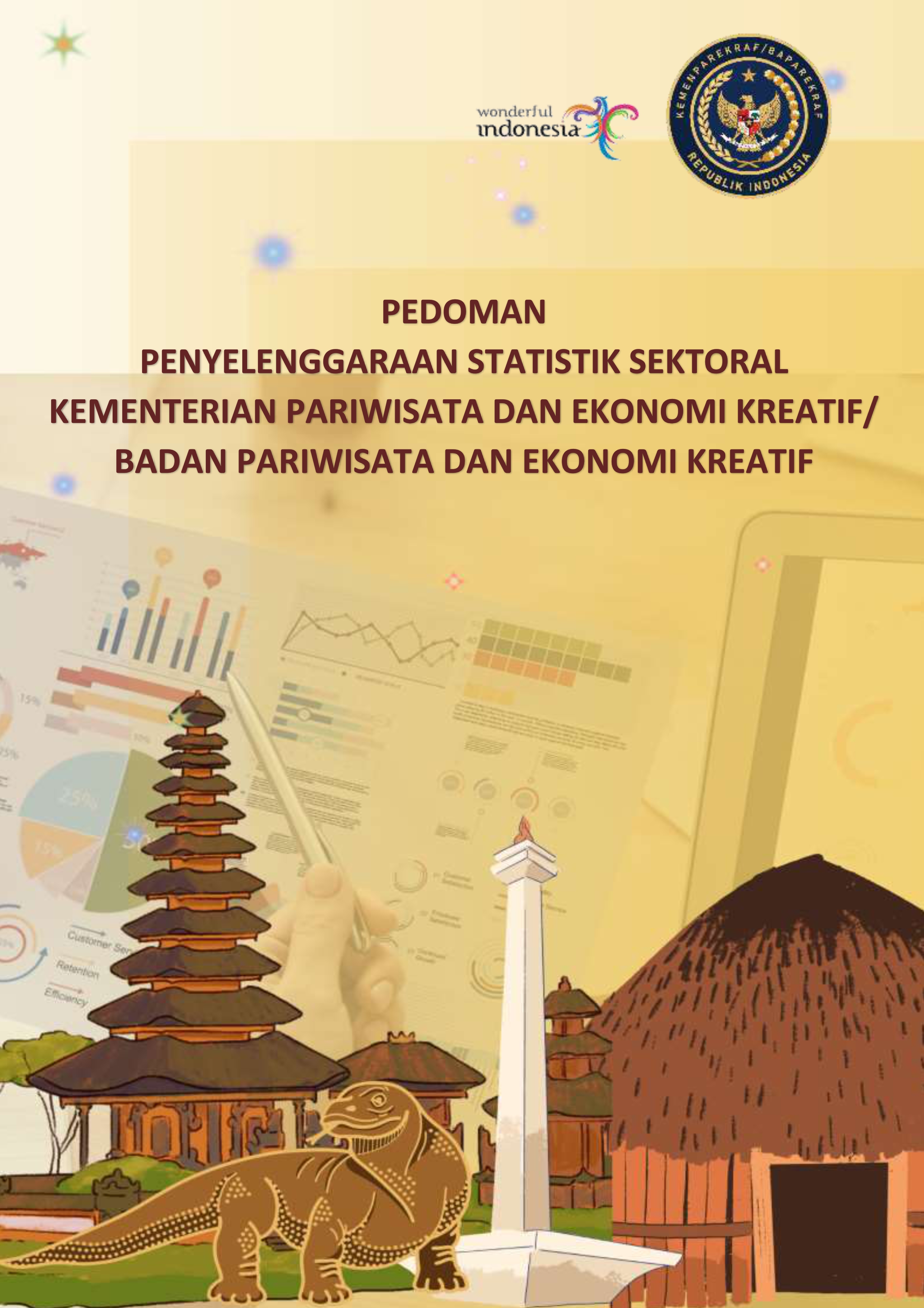Journal of Transport Geography
Tourism transport is a messy topic often overlapping with nontourism transport or connected to non-transport aspects of tourism. This book seeks to bring order to the confusion by offering a systematic description of virtually all the modes used by tourists whether as utilitarian means to get somewhere, recreational experience, an attraction or part of the holiday setting, such as a cruise (p. 6). It brings together a unique collection of data and information about air, ground and water-based travel provision and demand which will be useful for students and researchers wanting a grounding in tourism travel. The short Introduction discusses the relevant definitions of tourism, transportation and tourism transport. It also introduces the distinction between travel undertaken to reach a destination, which they label as functional, and intrinsic travel which is undertaken for the pleasure of the journey, such as a cruise or trip on a sightseeing bus. The differences between travel between the tourist’s home and destination and travel within the destination area are described. It briefly discusses how tourists often share the same vehicles or modes as non-tourists, predominantly within the destination area. Unfortunately these fundamental concepts are rarely referred to in the sections about different modes and that would have enriched and clarified these sections. The final chapter looks at trends and outlooks for tourism travel and includes short sections about changes in demography, climate change, technology and what it calls Tourism Megatrends. The emphasis is very much on continuing globalisation helped by technological innovation in aviation, with examples of exciting new designs, but no discussion about their desirability, which is disappointing, if understandable in such a short chapter. The intermediate sections cover air, ground and water-based transport. They give a selection of alternative definitions for the modes and terms related to them, how they have developed, their institutional organisation in different parts of the world, but focussing on Europe and English-speaking countries and a view of the important elements of demand and supply along with a list of further reading. The modes considered include rental cars, bus and coach travel, rail (including mono-rail, cable-propelled, aerial tramway, funicular, gondola, cable car, rack/cog railway), hot air balloon, rickshaw, segway, walking, backpacking, ferry, chartered yacht, kayak, canoe and houseboat. At times, the systematic framework risks becoming a straight jacket, but the authors have performed a valuable task in managing to put some order into the normal uneven treatment of different modes. For example, much is written about the legislative framework and organisation of air travel and how changes in these have impacted on the type and number of flights available, but comparatively little is written about the legislative framework and organisation of bus and coach travel or cruise ships. This book attempts to treat each mode in the same way including the same level of detail about each topic and must have required exhaustive searches for that information. Inevitably there is very little comparative data across the modes, because these are rarely collected. The coverage of rental cars, bus and coaches is particularly welcome, because these can get overlooked in the literature about tourism transport, which tend to focus on the more visible modes such flying, cruising and personal car use. I would have welcomed more information about the demand for and supply of city sightseeing tours (p. 82), but recognise that commercial confidentiality probably prevented this. Having researched the subject so thoroughly, it is a great shame that the authors did not allow themselves more room to reflect on what they had learnt about the differences and similarities between the modes and about tourism travel in general. In particular I would have relished more enlightenment about the relationship between demand and supply and the role transport supply has in generating both demand for its services and for the destinations it makes available. Another omission is discussion about sustainability. The very short section in the last chapter leans heavily towards techno-fixes without questioning the role of technology in promoting ever-further, more environmentally damaging and socially inequitable travel. However, the book is titled ‘‘Introduction to Tourism Transport’ so maybe the authors will use the experience of compiling this impressive volume to contemplate the concepts involved in Tourism Travel and make these available in further publications. Unfortunately, the comprehensive coverage makes for discontinuous reading and I would suggest this is more of a reference book than a reader, one which can be kept on the shelf and used to find a precise definition or description of a particular tourism mode. It would make an ideal course book for a module about tourism transport and its references both within each chapter and at the end of the book make an excellent starting point for further forays into the literature about any of the modes. So as a reference book, I thoroughly recommend this for tourism students and researchers and it is a must for the library of any university offering tourism or transport courses.



